

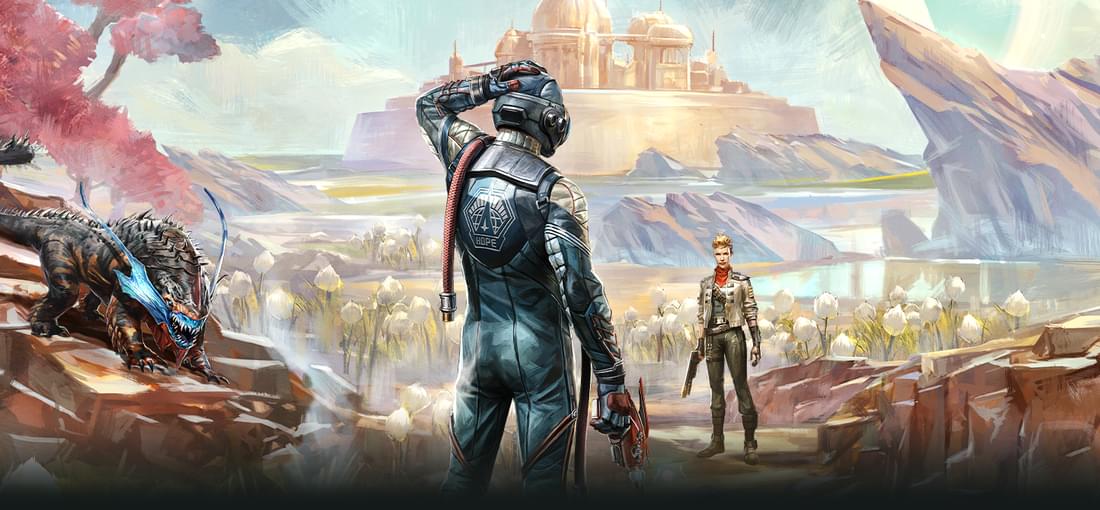
#Summary (64%): The Outer Worlds is not the great epic Obsidian Entertainment wanted it to be. At best, it is a short and okay sci-fi cRPG. At worst, it is New Vegas with better graphics and slightly worse everything else. #Review: If you played Fallout: New Vegas, it is easy to describe The Outer Worlds. It is the same game, only shorter, jankier, and a bit cheaper. If you did not play that game, though… The Outer Worlds is a cRPG with many internal conflicts. It is not open-world, but it tries to mimic it with a handful of large semi-open maps. It tries to give the player freedom of choice, but it only has two real story paths. Its skill system branches into many possible builds, but few of them are viable for most quests. It has a great weapon upgrade system, but terrible combat due to the enemies' damage scaling. Is it fun, though? For one or two play-throughs, it is. The usual Obsidian elements are all here. They… they just never have time to bloom. Most enemies feel similar. Most maps—both interior and exterior—feel the same. The companion dialogues are great, but everyone else suffers from being a stereotypical NPC. The first half of the story feels engaging, but the second half feels rushed. I guess this last sentence also describes many other game elements here. Everything feels wonderful initially, yet it ends up as a chore eventually. So, yeah. If you wanted a new New Vegas with the same replay value, prepare for disappointment. If you only want a new New Vegas for a new storyline, then The Outer Worlds is a good choice, especially on sale. Heh, maybe its shortness is even an advantage here. At least you cannot get bored with it before it runs out of steam.
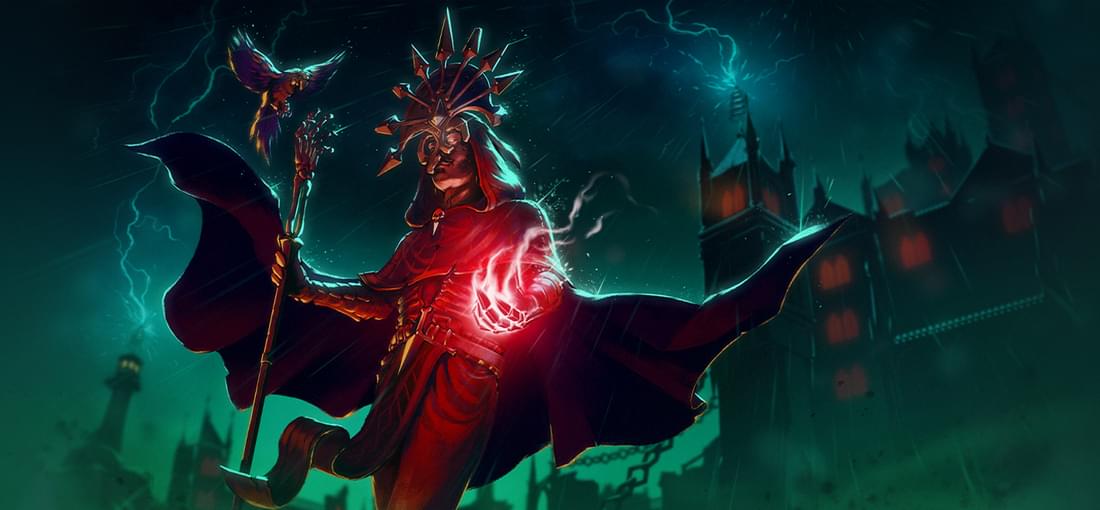
Similarly to the crew mate from the other DLC, Zagan is firmly set in the "overpowered" category. His melee kills heal him and the victim bodies never raise suspicion. He can kill or stun enemies through any number of walls. If someone detects him, he can freeze the spotting guard for a few seconds. He can also use this time freeze to infinitely disable one guard. (Something that Pinkus should be able to do, but the spy here is useless.) Yet, I cannot declare that he dethrones Yuki as the ruler of Shadow Gambit as Zagan is held back by a bit. He cannot swim or climb, and his ranged attacks hurt him as well, so he needs melee kills as "ammo". Also like the other DLC, Zagan comes with his own map, a vertical fortress. I can understand if someone dislikes this map, but I welcomed the fresh approach to level design. We had too many flat islands with single elevated forts in the base game already. As for the storyline, I found it enjoyably macabre. The mission objectives feel different and most medals were fun to get. If he wasn't only half as broken as Yuki, I would say this is the superior Shadow Gambit DLC. But Yuki exists as a crew mate, so Zagan is only in second place. He is still better than most of the standard crew, though.
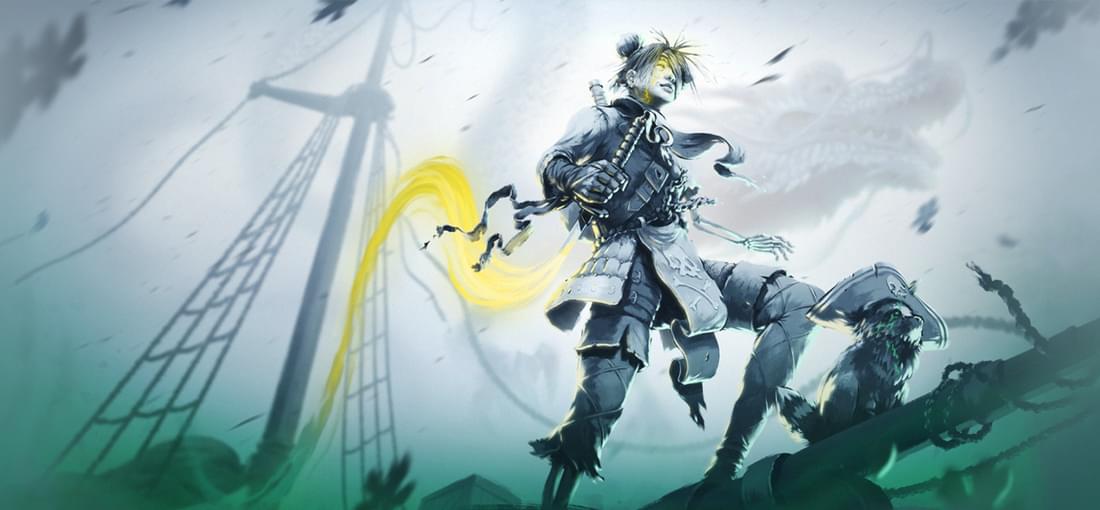
Please welcome the new queen of lower difficulties. The crew mate who can solo any mission where you do not need to kill a Prognosticar enemy. Welcome Yuki, freshly arriving from Shadow Tactics, this time as an undead pirate. Why is she so great? Let’s see… She can lure enemies infinitely. She can set traps that kill or knock out enemies when you are miles away from the alarm radius. Her trap and melee kill instantly remove the corpses from the map. She can solo any mission where you don’t need to trigger simultaneous objectives or kill Prognosticars. Her DLC also comes with a new map and a mini storyline. They are… okay, I guess, although the ending is touchingly bittersweet. In this regard, her DLC cannot compete with the other one, but you buy this thing for her overpowered abilities and not for her missions.
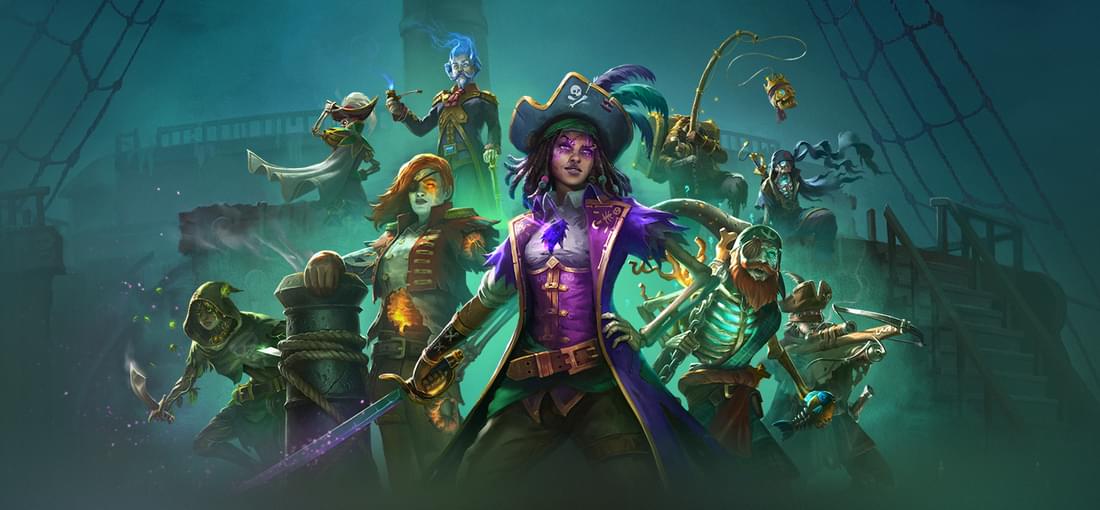
#Summary (62%): If Desperados III was Shadow Tactics in a cowboy skin, then Shadow Gambit is the same in a pirate skin. If you ever played a Commandos-inspired stealth game, then it will feel very familiar. If not, then this game is a good entry into this genre thanks to its low difficulty. #Review: The good: The software design outshines all previous games from Mimimi. The storyline has interesting twists and lasts quite a while. The ability to pick your crew for most missions creates endless replay value. Finally, since the crew is already undead, they are unkillable in missions. This feature makes Shadow Gambit a great entry point to the genre. The bad: Every item in the “good” list carries several infuriating “but” clauses. I will only list the most glaring ones. The map count is the same as it was in Shadow Tactics (12, including the 2 DLC maps). However, the mission count went from 13 to 41+14. So, prepare to replay the same map up to nine times. Or even more to get the—blatantly self-repeating—challenge medals. You unlock the crew one by one in the storyline. Yet, without knowing who are the good ones, you can get stuck with a subpar team until the end. Luckily, this is not a big issue since the difficulty is almost non-existent. Since all maps have a mandatory "solo" medal, they are, well, soloable. So, having three undead pirates with supernatural abilities makes them a breeze. The enemies had some serious buffs compared to Desperados III, sure. But that means little when you can teleport, kill them through walls, or hide indefinitely.
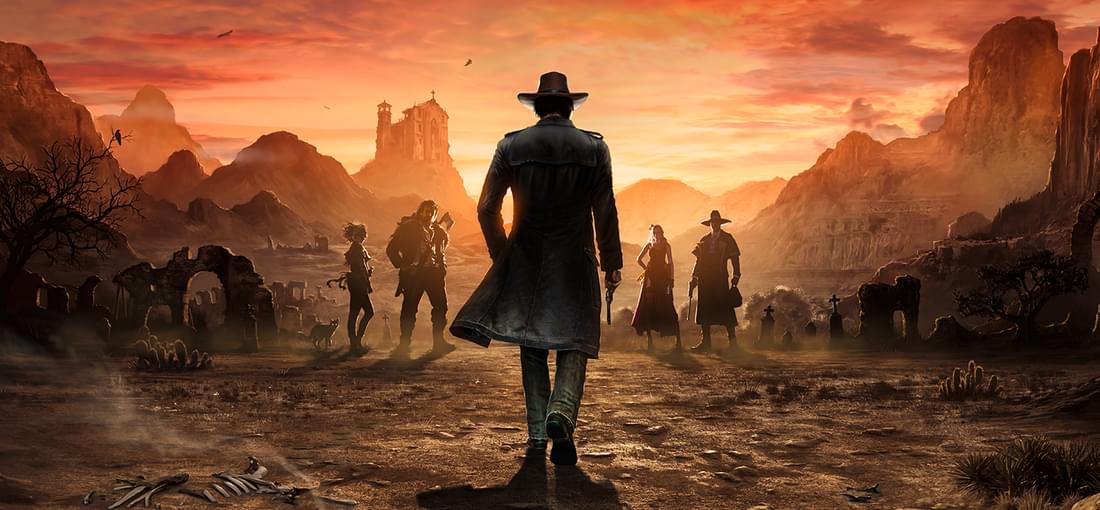
#Score: 70% The Desperados III DLC campaign is a wild ride. It is only three stages with no Baron challenges, so they do not give much. Then again, it is also a cheap Season Pass. The first mission feels pure lazy. It reuses the Casa DeVitt map, it has mismatching voice actors, and the story goes nowhere. If someone is buying the bonus levels one by one, they will probably stop right there. As a surprising twist, the second mission has grown into my favourite. It is a mansion and plantation, something we saw a few times in this series. There is something in the level design, though. The available options are through the roof, giving it huge replay value. The third mission is also reusing a map, this time from Desperados 1. It is not a bad remake; too bad it is tied to a mediocre mission. Half of the gang starts as captured and we do not even have to rescue them all. Despite its seeming difficulty, it has a little challenge factor and sinks into mediocrity fast. All together…? They are okay. As I said, it is a cheap season pass, and it gives a few more hours of playtime. Considering that Desperados III is a fantastic game, I was grateful for these extra hours. Still, if I could go back and choose, I would ask the Mimimi Games to start developing their next game instead.
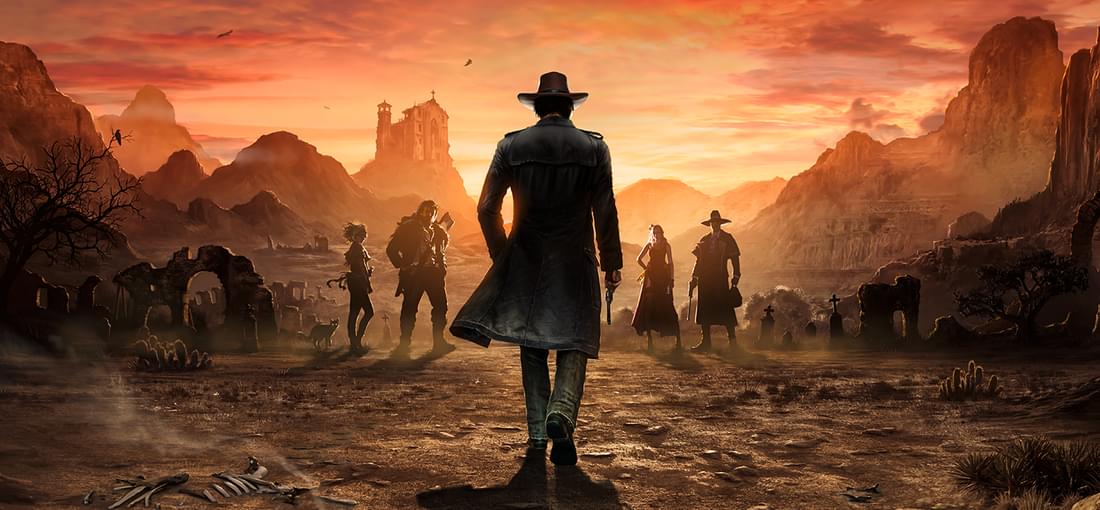
#Score: 70% The teaser of “Once More With Feeling” promised an iconic Desperados 1 level. I am sure most old players had their own favourite in mind, but the final choice should please most of them. Sure, Sanchez’s fortress from Mission 10 was not the most fun level, but it is memorable for its large gunfights. So, how to port an action-oriented original level into this pure stealth-focused game? By having the entire gang captured and relying on Hector and Cooper to do most of the work! I will not lie; I hated this concept. This is the big finale, the last level of the entire game, and half of the team sits by the sidelines. As a bigger insult, rescuing the two women is optional. Which means that you can complete the entire stage with Hector and Cooper. So, it is not even a challenging map, especially with a full gang. In the end, “Once More With Feeling” is not the worst map; some parts are quite enjoyable. It is just not an astonishing finale. If it weren’t set where it is, it would be forgettable. Oh, and the story plays out exactly as anyone with half a brain would predict. It is almost refreshing. I mean, okay, it is terribly clichéd, but at least the writers did not try to come up with some contrived twist for the sake of it.
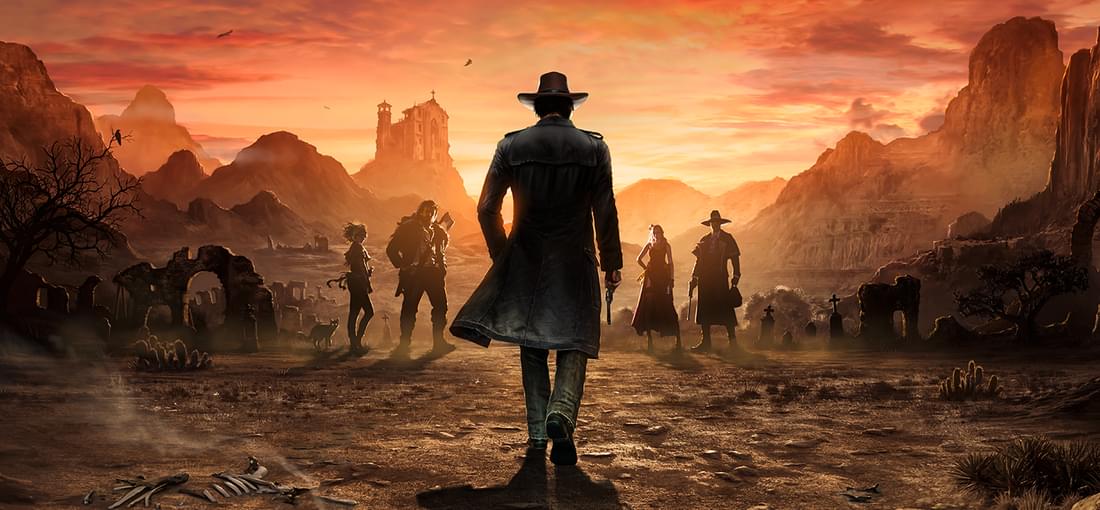
#Score: 93% I cannot tell exactly why, but I love this mission. We already saw many plantations and mansions in the series, so not like “Five Steps Ahead” is unique. Still… the layout, the enemy placement, the little route possibilities… they all click in a way. Heck, I did not even mind that it blatantly reuses a mission goal from Shadow Tactics. I praised the core game for its tactical variety, and I must do it again here. From the start of getting into the plantation to finding the map pieces, this level has it all. Every single step of the plan has at least three different solutions. I played this stage a dozen times and found a different route each time. The writing has not gotten better since the first DLC episode. Rosie is still as shady as ever. The rest of the gang is also so oblivious, it induces facepalms. Even the new villain feels wasted with his single scene that leads nowhere. Oh, the plot is yet another wild goose chase for a red herring. Although after the first episode, I assume most anyone expected that much.
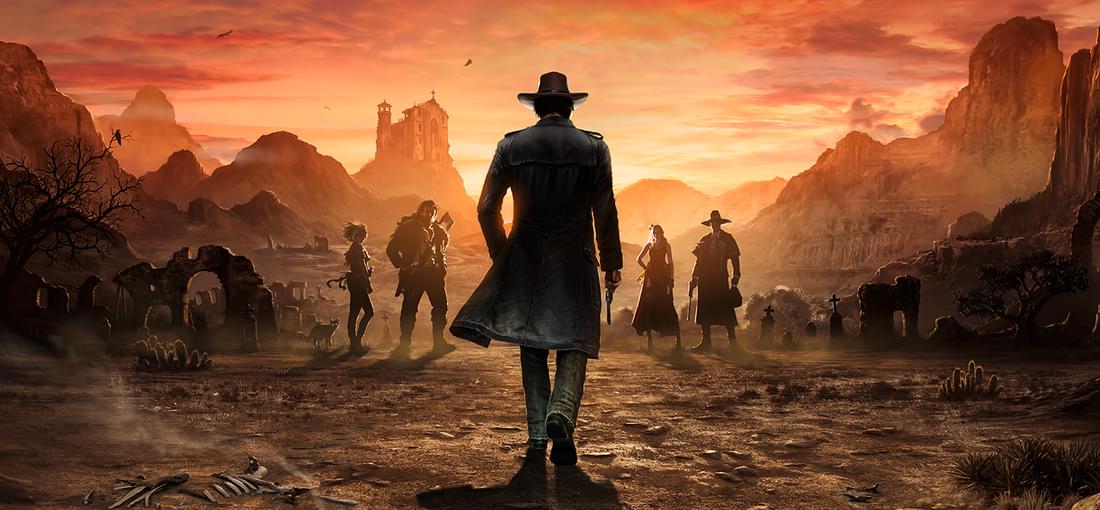
#Score: 45% “Late to the Party” does not paint a good picture about the Desperados III season pass. It reuses large chunks of an existing level, it replaces voice actors, and feels lazy in general. I am sure that a lot of effort went into creating it, but little of that show. We revisit the DeVitt estate from Mission 15, only this time it is full of looters instead of party guests. The big gameplay twist is replacing Isabelle with Doc McCoy, but it changes little. I found that most tricks I relied on during Mission 15 worked here despite the layout changes. We get a returning side character with Rosie, who is one of the most stereotypically written conwoman I ever saw. To make it worse, the new voice lines feel clichéd and forced. We get no level-specific quips, only the default responses from the Baron missions. Important enemies have new voice actors who do not match the combat taunts. The final nail in the coffin is the plot. It is a pointless wild goose chase for a dead end. Sure, if you play all three DLC episodes at once, it is not as bad. Upon release, though, it felt like receiving nothing.

#Summary (88%): If you liked Shadow Tactics, then you will love Desperados III. After all, it is the same isometric tactical stealth game with a Western theme. Oh, and many much-needed small improvements. #Review: I find it difficult to rate Desperados III on its own. Partly because it is a prequel to Desperados, a successful Commandos clone from 2001. Partly because it is barely more than Shadow Tactics in a cowboy skin. The two games share most skills, character types, enemies, and even some of the level design. If I force some objectivity to the matter, then yes, Desperados III is excellent. It is one of the best isometric tactical stealth games I ever played. In many aspects, it almost holds up to my golden standard, Commandos: Beyond the Call of Duty. The game’s biggest strength is its tactical variety. I never encountered a situation that did not have at least half a dozen solutions. I never asked: “How do I progress?” It was always: “Which approach seems the most appropriate?” or “How do I solve this if I want to earn the optional badges?” The same variety is also found in the missions. Every stage tries new character setups, limitations, goals, and sometimes gimmicks. A lot of these are inherited from Shadow Tactics, but Desperados III handles them better. Although there are some levels I dislike playing, there are also a few I replayed just for the fun of it. Desperados III also has many quality-of-life improvements over Shadow Tactics. (Granted, most of these come from Desperados 1.) For example, the minimap is more informative, we have a fast-forward button, we can tie up enemies for pacifist runs… and so on. The bottom line is that it feels comfortable to play this game, despite its complexity. As for the story… it is a simple, boring, predictable tale of revenge. It is better than the other Desperados sequels but lacks the twists and awe factor of the original. It serves its purpose and never strives to be anything more than background noise.
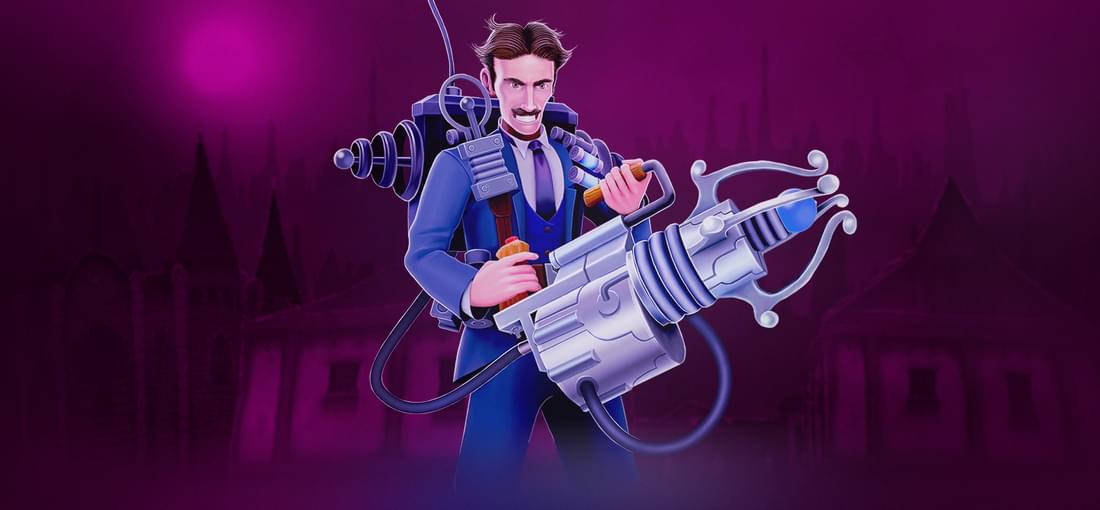
#Summary (70%): Tesla vs Lovecraft is a fun twin-stick shooter, but it has issues. This DLC tries to address those—especially the grinding—with varying success. #Review: ‘For Science!’ feels less like traditional DLC and more like a content patch. While it adds plenty of new toys to play with, they are there to address the core game’s problems. For example, all weapons have a small chance to spawn as an epic variant. Although these have insane stats, they still cannot turn many weak guns a viable option. At least they can help to stay alive until something good comes along. We also get some nifty new guns; for example, the Uzi is my new favourite high-DPS weapon. On the other hand, I have no idea what they were thinking with the laser pistol. Even its epic variant is a piece of garbage. The perk system also received a shakeup with some helpful additions. The perk pool looks almost decent now. As for the crystal grinding… well, they tried. I like the one-time bonus we receive if we finish a stage at 100% health. I am not so sure about the new Neon Chrome style endless difficulty, the Dreamlands. In theory, its higher difficulties spawn a ton of crystals per level. In practice, since it is algorithmically scaled, it will get out of hand fast. It helps with the crystal grind but by replacing it with possibly an even worse one.